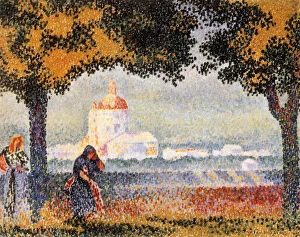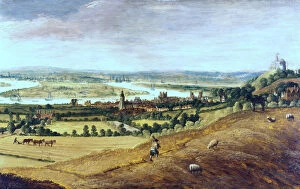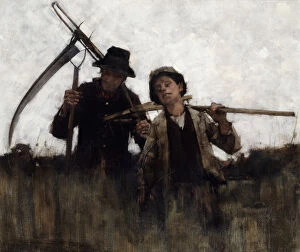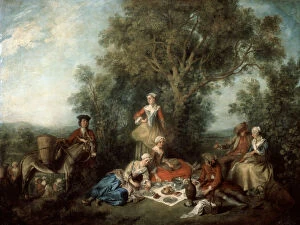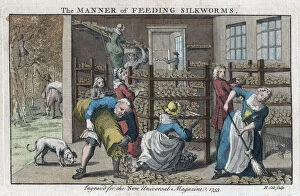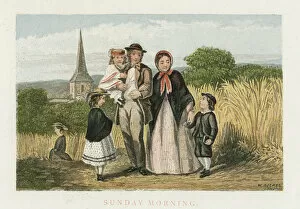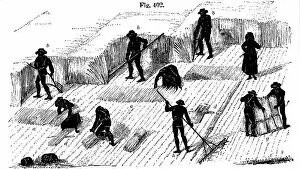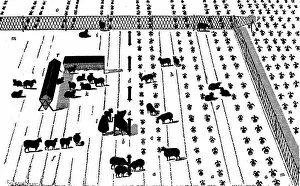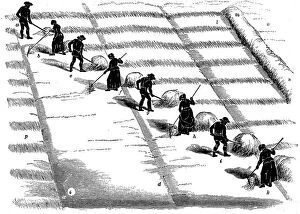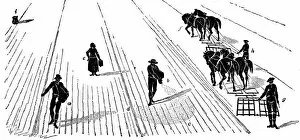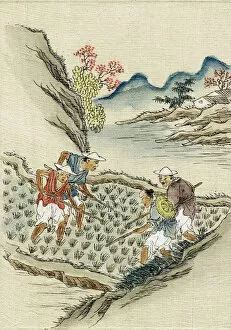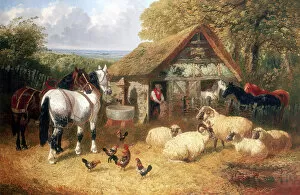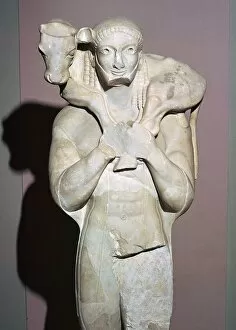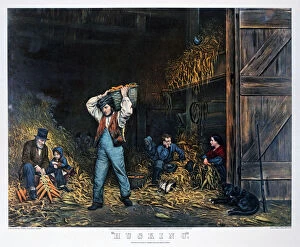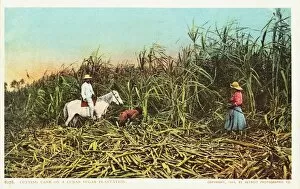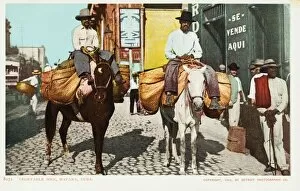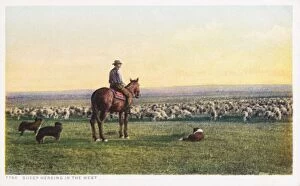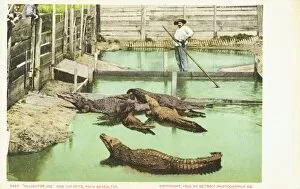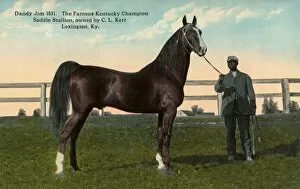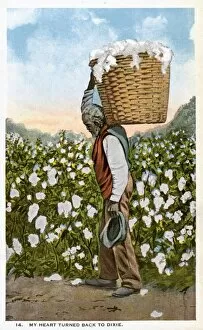Agricultural Worker Collection (#64)
"The Agricultural Worker
For sale as Licensed Images
Choose your image, Select your licence and Download the media
"The Agricultural Worker: A Glimpse into the Rural Life Through Art" Step back in time and immerse yourself in the world of agricultural workers through a collection of captivating artworks. From Pieter Bruegel the Elder's iconic masterpiece "The Harvesters" to Sir Ernest Albert Waterlow's charming depiction of village life in "Galway Gossips, " these works offer a window into the lives of those who toiled on the land. Hubert von Herkomer's "Our Village" transports us to a quaint countryside scene, where hardworking farmers tend to their crops and animals with dedication and care. In contrast, "The Milkmaid" by an unknown artist captures a solitary figure engrossed in her daily task, symbolizing the quiet strength and resilience found within agricultural labor. Colonel Udnys Bay Colt Truffle held by a groom showcases not only the bond between man and animal but also highlights how essential skilled workers were for maintaining livestock. Similarly, Fowl House Farm reveals children learning from shepherds as they tend to sheep nearby, emphasizing intergenerational knowledge transfer crucial for sustaining rural communities. Henry Herbert la Thangue's vibrant painting "Gathering Plums" immerses us in an orchard bustling with activity as workers harvest nature's bounty. Vincent van Gogh’s powerful portrayal of "The Sower" encapsulates both physical exertion and hope for future abundance—a testament to the vital role played by agricultural laborers throughout history. Axel Frick's evocative artwork titled "Matta Virgem" takes us beyond European landscapes, reminding us that agriculture is a universal endeavor connecting people across continents. Meanwhile, Louis Leopold Boilly’s lively composition in “The Movings” depicts workers engaged in transporting goods—an integral part of rural life. Lastly, we find ourselves amidst hunters attending their horses alongside grooms depicted in exquisite detail within Hunters Stable painted by an unknown artist.


